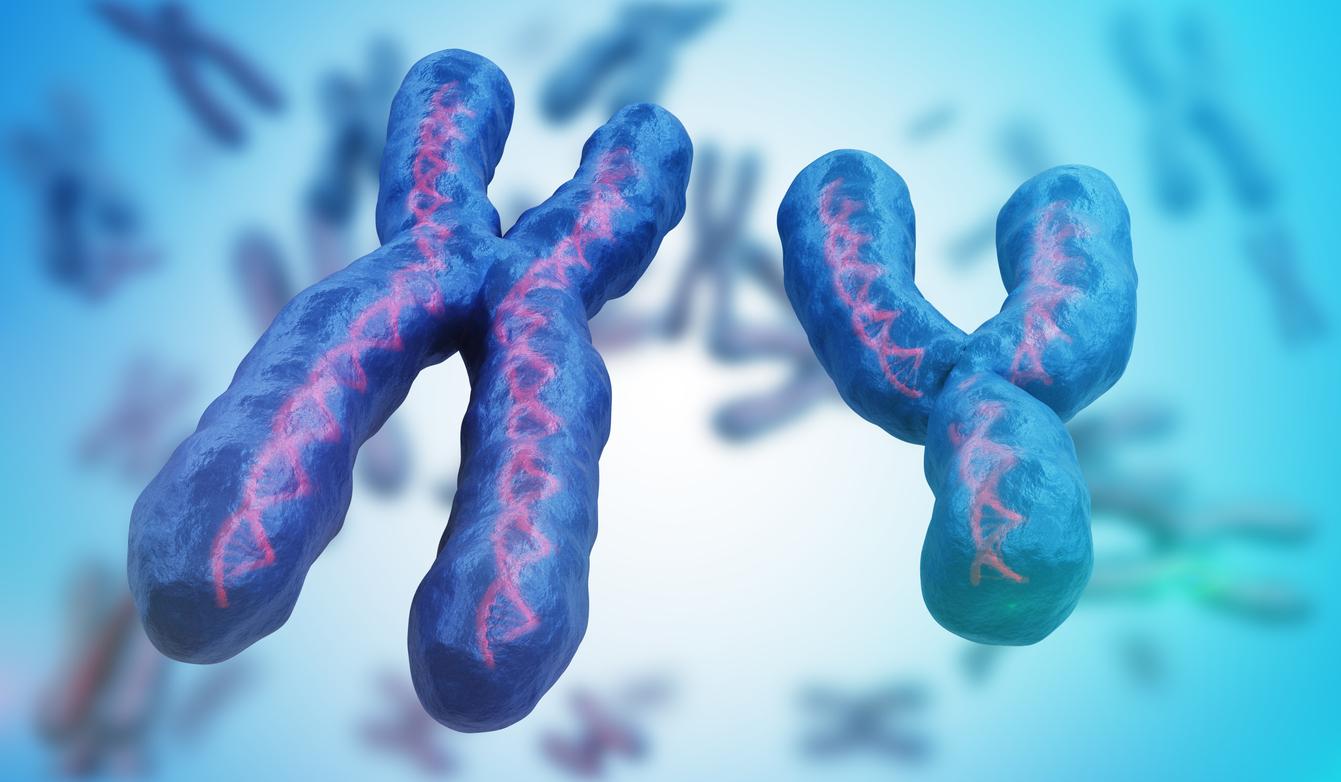People affected by autism spectrum disorders (ASD) can be classified into four distinct subtypes based on their brain activity and behaviors, according to a study by Weill Cornell Medicine.

- Researchers have used new technologies to study the brain functions of people with autism spectrum disorder.
- They were able to identify 4 distinct autism subtypes.
- This discovery could help improve the care of autistic people.
Autism is a neurodevelopmental condition for which all the mechanisms are not yet well identified. However, the work of Weill Cornell Medicine (New York), presented in the scientific journal Nature Neuroscience on April 9, 2023, offer an interesting breakthrough. The researchers managed to identify four distinct subtypes of the disorder.
ASD: 4 distinct subgroups highlighted
With the help of artificial intelligence with machine learning tools, the scientists analyzed neuroimaging data from 299 autistic people and 907 neurotypical individuals. They found patterns of brain connections linked to behavioral traits in autistics like verbal ability, social affect, and repetitive or stereotyped behaviors.
They thus managed to distinguish four subgroups of autism. Each has regional gene expression differences or protein-protein interactions that may explain the cerebral and behavioral differences observed.
“Two of the groups had above-average verbal intelligence. One also had severe social communication deficits, but less repetitive behaviors, while the other had more repetitive behaviors and less social impairment. The connections between the parts of the brain that process visual information and help the brain identify the most salient incoming information, were overactive in the subgroup with more social impairment. These same connections were weak in the group with more repetitive behaviors.”explain the authors in the press release from Weill Cornell Medicine.
“It was interesting at the brain circuit level that there were similar brain networks involved in these two subtypes, but the connections in these same networks were atypical in opposite directions”added Dr. Amanda Buch who worked on the study.
The other two subgroups had significant social impairments and repetitive behaviors, but had verbal abilities at opposite ends of the spectrum. So, despite some behavioral similarities, the researchers discovered completely different brain connection patterns.
The team analyzed gene expression that explained the atypical brain connections present in each subgroup to better understand what caused the differences. She shed light on many genes already linked to autism in other work. The researchers also noted that oxytocin, a hormone previously associated with positive social interactions, was a central protein in the subgroup of individuals with more social impairment and relatively limited repetitive behaviors. These results were confirmed on a second set of human data: the same four subgroups were found.
Autism: a discovery that could lead to personalized care
Considering the data obtained, Dr. Grosenick, co-lead author of the study, noted: “you might have a support that works in a subgroup of people with autism, but that benefit disappears in the larger trial because you’re not paying attention to the subgroups”. Thus, he argues that the discovery of his team could make it possible to offer better support as well as personalized care to autistic people.
“One of the barriers to developing care for autism is that the diagnostic criteria are broad and therefore apply to a large and phenotypically diverse group of people with different underlying biological mechanisms”, added Dr. Buch in a press release. “To personalize the care of people with autism, it will be important to understand and target this biological diversity. It is difficult to identify optimal care when everyone is treated as the same, when everyone is unique”she concludes.
As an example, the expert recalls that studies having studied the use of intranasal oxytocin as a therapy for people with autism had obtained mixed results. For her, it would be interesting to test whether oxytocin is effective on the subgroup where the hormone seemed to be a central element of the disorder.


















